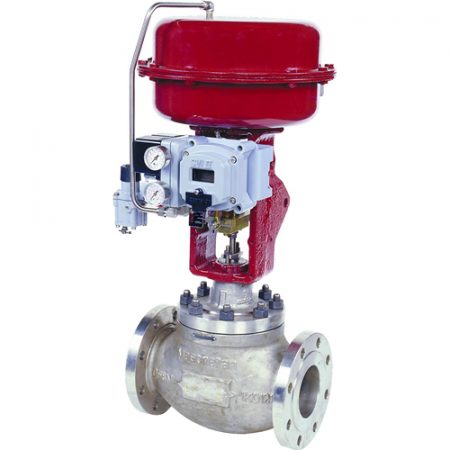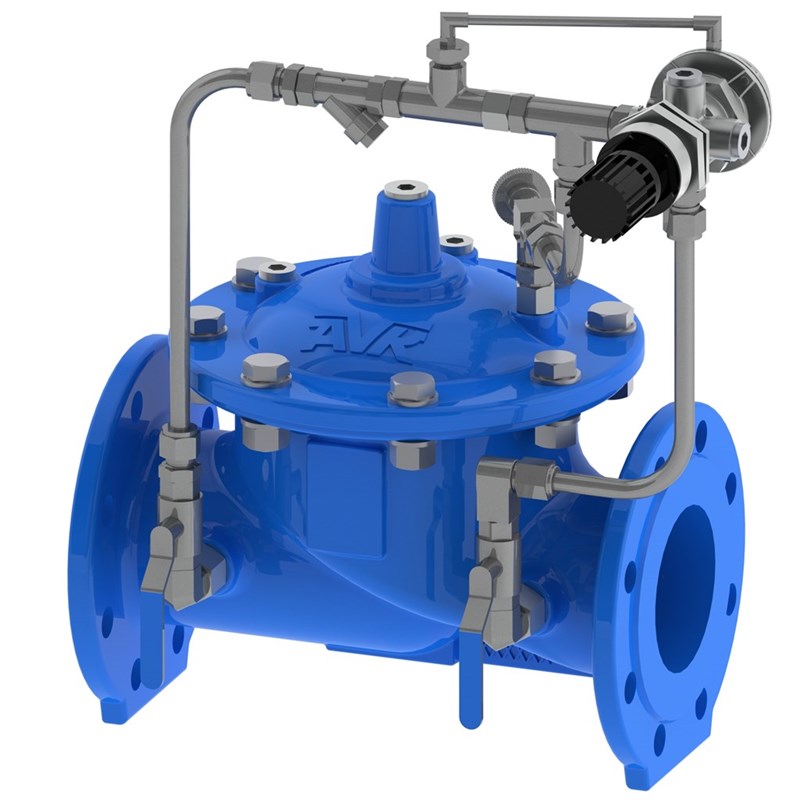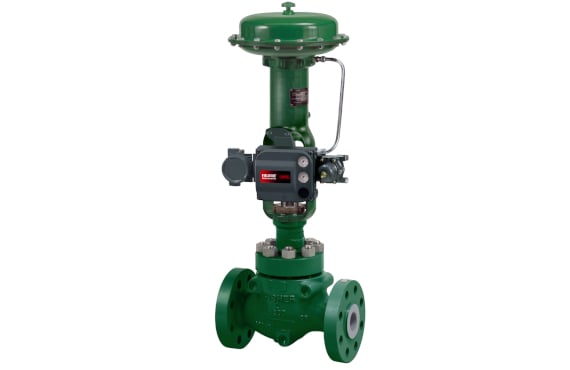
Maximize Power Savings and Comfort With Advanced Building Automation Controls
In the world of modern design and facility administration, the combination of sophisticated building automation manages stands as a crucial advancement. By harnessing the power of automation, structures can adjust, react, and evolve in means that were when unimaginable.
Energy Efficiency Advantages
Power performance benefits can significantly decrease energy usage and operational prices in buildings. Energy-efficient systems, such as innovative structure automation controls, can enhance the use of sources like home heating, illumination, and air conditioning, leading to reduced power costs over time.
Moreover, boosted power performance can prolong the lifespan of building tools and systems. By operating extra successfully, cooling and heating systems, lighting components, and various other structure elements experience much less wear and tear, leading to lowered maintenance and replacement costs. In addition, energy-efficient structures often regulate higher residential or commercial property worths and rental prices, giving long-lasting monetary benefits to proprietors.
Moreover, power efficiency can enhance occupant comfort and efficiency. Correctly regulated indoor atmospheres with ideal lights and thermal conditions produce a more helpful and positive work area, resulting in enhanced staff member contentment and efficiency. Overall, the energy effectiveness advantages related to innovative structure automation controls are diverse, encompassing cost savings, ecological stewardship, and passenger wellness.
Improved Comfort Control
Enhancing comfort control in building atmospheres calls for a sophisticated integration of innovative automation systems for optimal resident wellness. By using advanced building automation controls, facilities can customize the interior atmosphere to meet the particular requirements and preferences of passengers. These systems make it possible for precise regulation of temperature, lighting, and air flow, creating a efficient and comfy atmosphere. Occupant contentment and performance are carefully linked to thermal comfort, making it vital to have systems in position that can adjust to transforming problems in real-time.
Improved convenience control exceeds standard temperature level changes. It includes features such as personalized setups, tenancy sensing units, and natural light application to produce a dynamic and receptive environment. By including these sophisticated controls, buildings can not just improve comfort yet likewise boost power performance by enhancing system procedures based on real occupancy and use patterns. Ultimately, focusing on resident convenience with advanced automation systems leads to an extra satisfying and healthier interior setting.
Functional Performance Improvements

Furthermore, the execution of real-time monitoring and analytics tools allows structure operators to determine power inefficiencies and operational abnormalities without delay. By continually keeping an eye on energy usage patterns and system performance metrics, changes can be made in real-time to optimize energy intake visit and ensure peak operational effectiveness. control valves. Additionally, incorporating demand action strategies into building automation controls can better enhance operational performance by dynamically adjusting energy usage based on grid conditions and prices signals
Indoor Environment Optimization
Reliable indoor environment optimization is an essential facet of structure automation controls, guaranteeing residents' convenience and health while optimizing power financial savings. By making use of advanced sensors and controls, developing automation systems can constantly change and keep an eye on temperature level, moisture degrees, air top quality, and air flow to produce an ideal interior atmosphere. Preserving constant and comfortable problems not only enhances occupant complete satisfaction yet additionally boosts efficiency and general well-being.
Interior environment optimization also plays an important function in energy effectiveness. By fine-tuning air conditioning, ventilation, and heating systems based on real-time data and tenancy patterns, constructing automation controls can dramatically minimize energy intake - control valves. For circumstances, carrying out methods such as demand-controlled ventilation and thermal zoning can aid lessen energy waste while ensuring that each area of the building gets the required conditioning.

Sustainable Environment Production
Structure automation regulates not just enhance interior environment problems for energy performance and occupant convenience yet also lay the structure for developing a sustainable setting with calculated administration of resources and systems. By integrating innovative structure automation innovations, such as sensors, actuators, and smart software program, centers can adjust and check power usage in real-time to minimize waste and reduce their carbon impact. These systems allow predictive upkeep, identifying prospective problems before they intensify and optimizing tools performance to enhance long life and effectiveness.
Furthermore, lasting atmosphere development prolongs past energy management to incorporate water conservation, waste decrease, and indoor air top quality enhancement. Structure automation controls can control water use, identify leakages, and guarantee proper waste disposal practices, adding to total sustainability efforts. Additionally, by keeping an eye on and regulating air flow and purification systems, these innovations boost resident health and wellness and productivity while reducing power consumption connected with heating and top article cooling procedures.
Conclusion
Finally, advanced structure automation regulates offer considerable advantages in regards to energy financial savings, convenience control, operational effectiveness, interior environment optimization, and developing a lasting atmosphere. By applying these controls, structures can achieve ideal performance while lowering energy usage and enhancing owner convenience. It appears that the usage of advanced automation innovation is home vital in boosting structure efficiency and creating a much more lasting future.
Power performance advantages can significantly decrease energy intake and functional prices in structures. Generally, the power performance advantages associated with advanced structure automation controls are complex, incorporating price financial savings, environmental stewardship, and resident well-being.
Furthermore, integrating need action methods into structure automation controls can better improve operational efficiency by dynamically adjusting energy use based on grid problems and pricing signals.
Structure automation regulates not just enhance indoor environment conditions for power performance and passenger comfort yet likewise lay the foundation for developing a sustainable environment through critical administration of resources and systems.In conclusion, progressed building automation controls deal significant advantages in terms of energy cost savings, comfort control, functional effectiveness, interior climate optimization, and developing a sustainable setting.
Comments on “Discovering the Capability of Modern Control Valves in Industrial Applications”